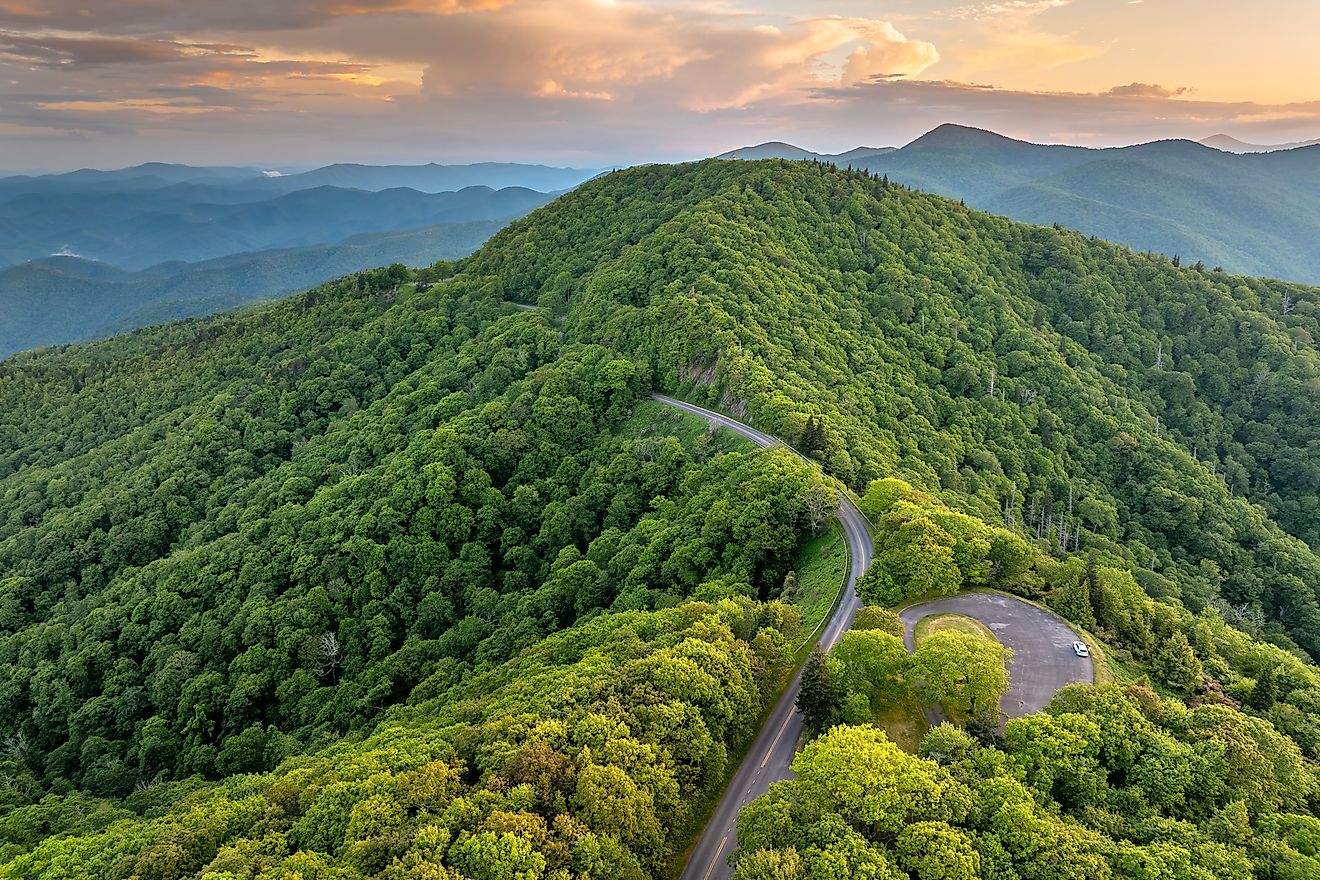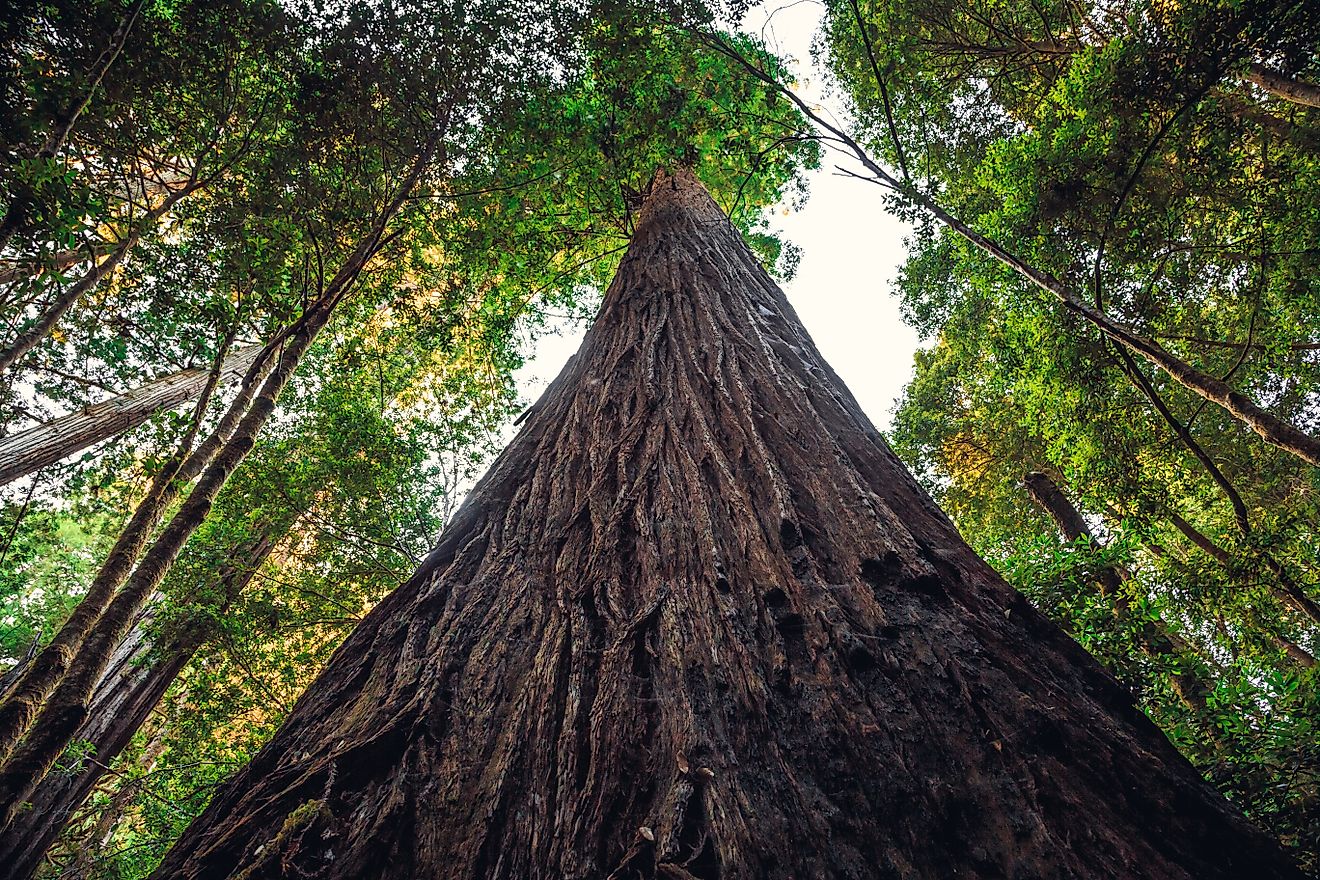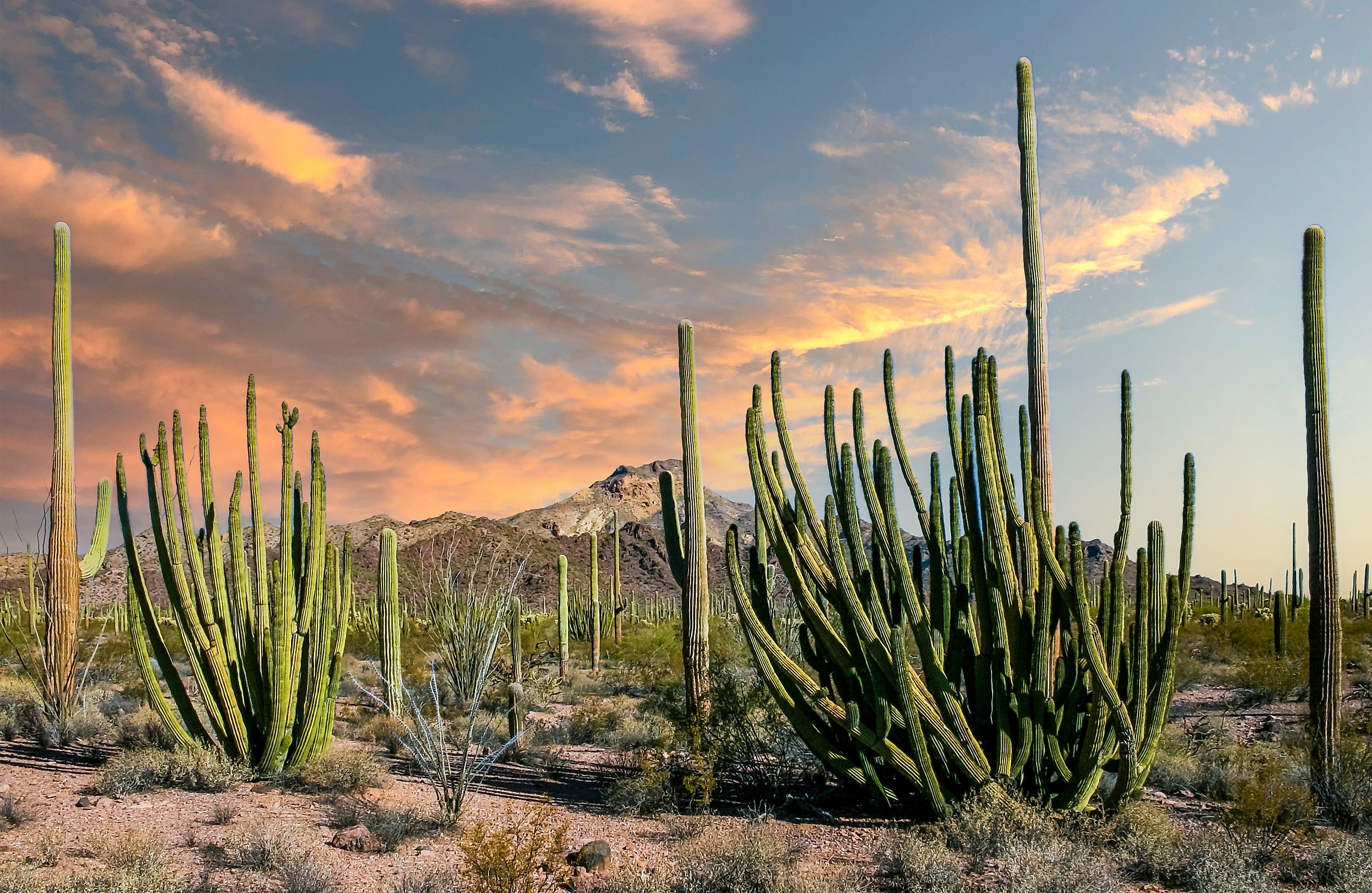
The 8 Tallest Cactus Species Found in the US
In the arid corners of the American Southwest, nature sculpts its own towering monuments—giant cacti that defy the harsh desert heat, growing to heights that rival trees. These native giants are not only remarkable for their size, but also for their resilience, beauty, and role in desert ecosystems. From the iconic saguaro to lesser-known species stretching skyward in the most unlikely places, America’s tallest cacti are hidden treasures waiting to be discovered.
Take a closer look at the eight tallest cactus species found in the United States, complete with their maximum heights, where to find them, and what makes each one extraordinary.
Saguaro Cactus (Carnegiea gigantea)
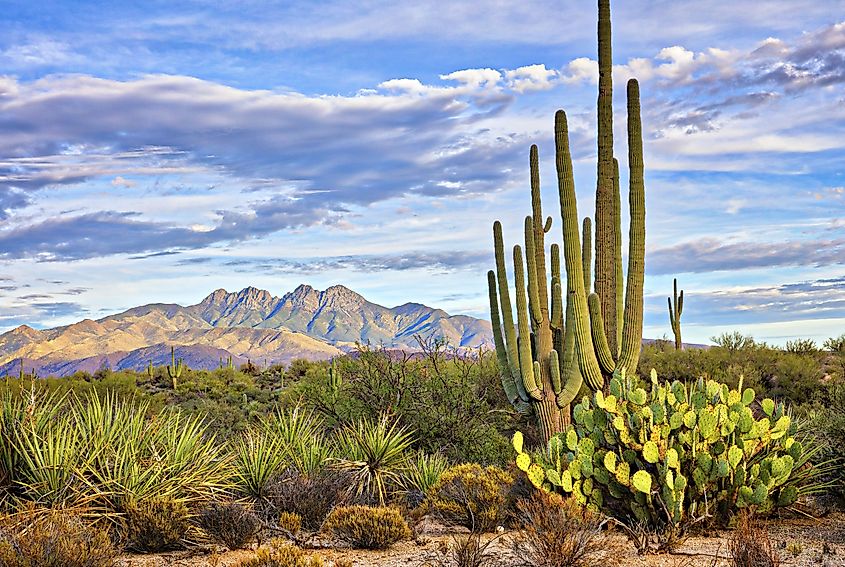
-
Maximum Height: Up to 40 feet
-
Best Seen In: Saguaro National Park, Arizona
No cactus in the US is more famous—or taller—than the mighty saguaro. These giants of the Sonoran Desert can grow as tall as a four-story building and live for over 150 years. Their distinctive silhouette, with arms reaching toward the sky, has become symbolic of the American Southwest.
Despite their massive size, saguaros grow slowly—often taking up to 10 years just to reach an inch in height. Their first arm may not appear until age 75. They bloom in late spring, with white, waxy flowers that are Arizona’s state flower, attracting bats, bees, and birds.
Cardón Cactus (Pachycereus pringlei) – US Occurrence is Limited
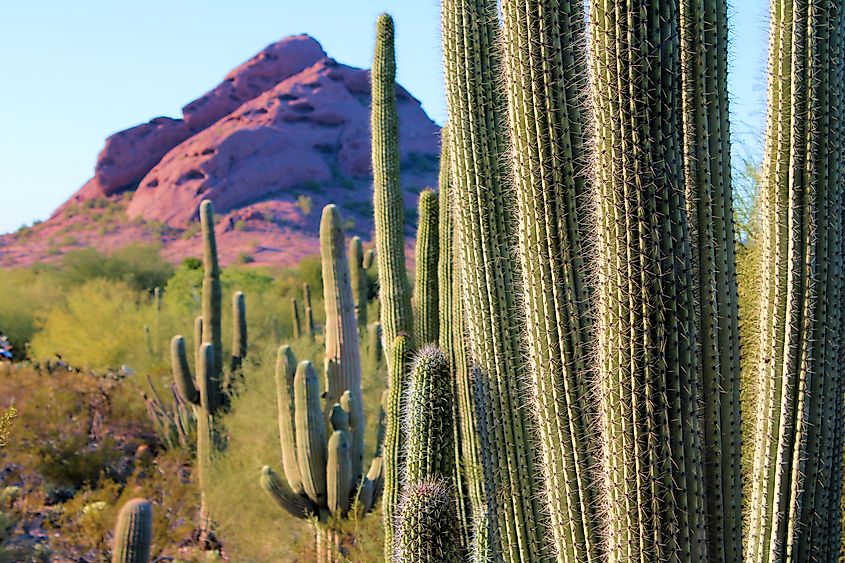
-
Maximum Height in US: Up to 30 feet
-
Best Seen In: Southern Arizona, near the Mexico border
Though native primarily to Baja California and mainland Mexico, the cardón cactus can also be found in small numbers just north of the US-Mexico border. It’s often mistaken for a saguaro due to its similar shape, but it grows even larger in its native habitat—up to 60 feet.
In the US, specimens top out around 30 feet. The cardón is notable for its dense branching and thick trunk. It stores an impressive amount of water, allowing it to survive long droughts. Its flowers are tubular and white, opening at night and attracting nocturnal pollinators like bats.
Senita Cactus (Pachycereus schottii)
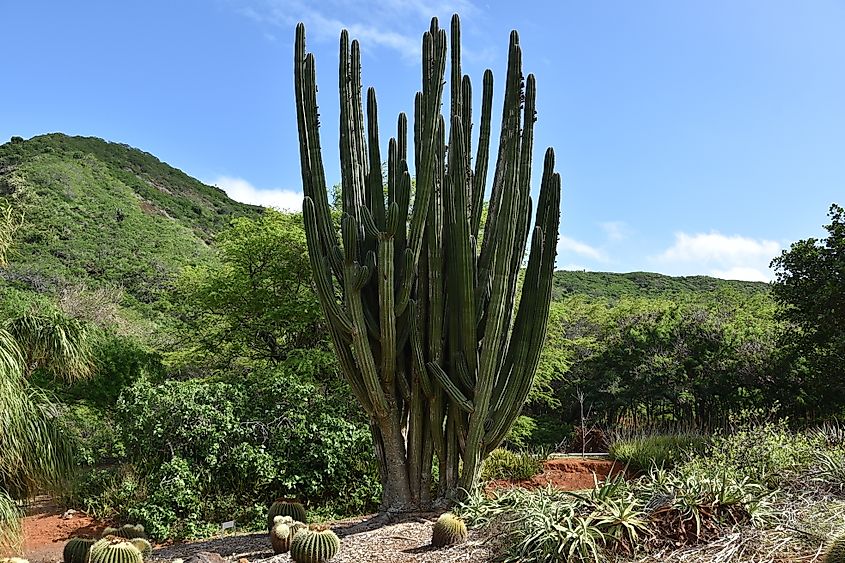
-
Maximum Height: Up to 25 feet
-
Best Seen In: Organ Pipe Cactus National Monument, Arizona
Senita cactus is tall, multi-stemmed, and less commonly recognized than the saguaro, but it's just as fascinating. Its narrow, columnar stems are topped with a woolly gray covering, giving it a "bearded" appearance—hence the name "senita."
It thrives in the southern Sonoran Desert and rarely grows in the US outside a few protected areas. The senita blooms at night in spring and summer, with pink-tinged white flowers pollinated primarily by moths. It prefers rocky hillsides and bajadas where it can form large, shrubby clumps.
Organ Pipe Cactus (Stenocereus thurberi)
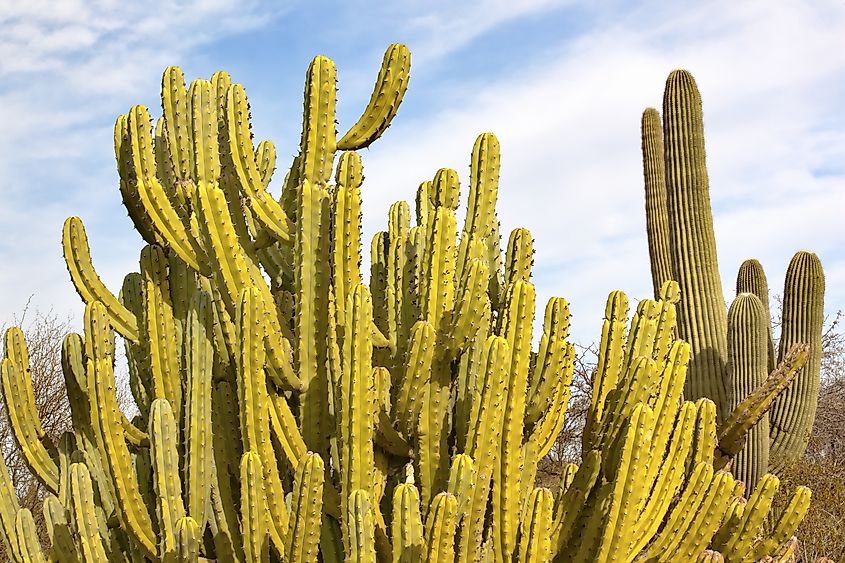
-
Maximum Height: Up to 23 feet
-
Best Seen In: Organ Pipe Cactus National Monument, Arizona
The organ pipe cactus gets its name from the multiple tall stems that grow vertically from a single base—resembling the pipes of a church organ. It’s found almost exclusively in the southernmost parts of Arizona, particularly in Organ Pipe Cactus National Monument.
The cactus blooms at night, producing large white flowers that open after sunset and close by morning. Bats are the primary pollinators, though birds and insects also play a role. The fruit is edible and has been harvested for generations by Indigenous peoples.
Desert Night-Blooming Cereus (Peniocereus greggii)
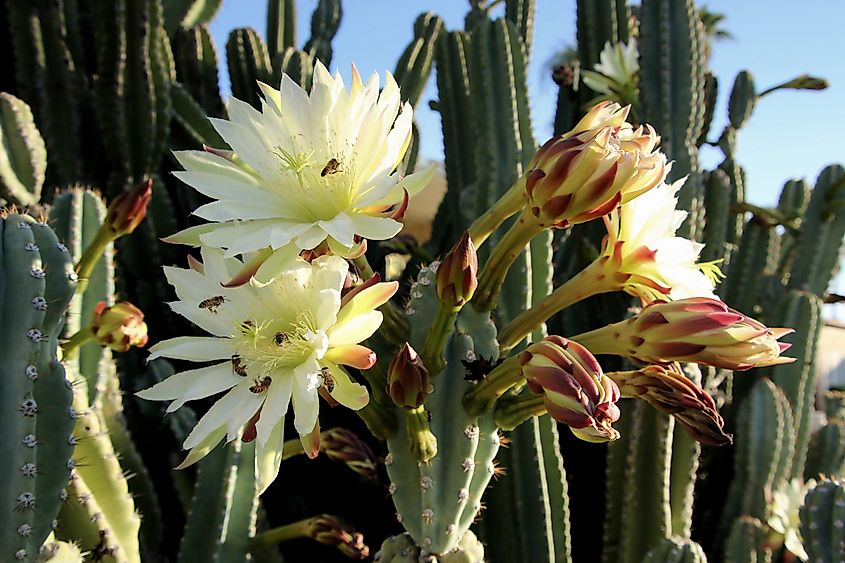
-
Maximum Height: Up to 10 feet
-
Best Seen In: Tucson, Arizona during peak bloom
This cactus may not tower like others on this list, but its height of up to 10 feet—combined with its unique traits—earns it a place. Most of the year, Peniocereus greggii is nearly invisible: its thin stems resemble dry twigs and blend into desert scrub.
But for one or two nights each summer, it erupts in breathtaking blooms. Large, fragrant white flowers open all at once, attracting moths in an unforgettable desert spectacle. The Tohono Chul Botanical Garden in Tucson even hosts an annual "Bloom Night" to celebrate this event.
Cane Cholla (Cylindropuntia spinosior)
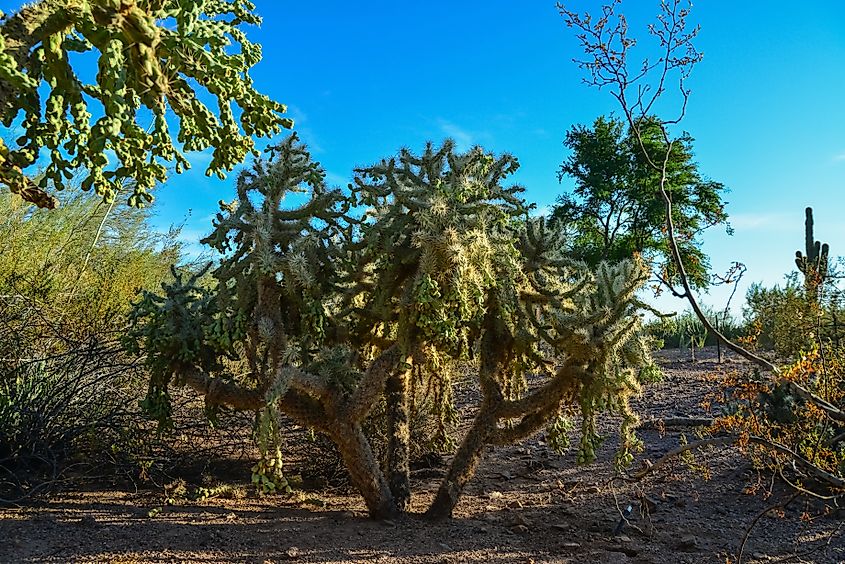
-
Maximum Height: Up to 9 feet
-
Best Seen In: New Mexico and central Arizona
Cane cholla is among the tallest cholla species, known for its segmented stems and dense spines. Though more shrub-like than tree-like, these cacti can reach nearly 9 feet and form thickets that dominate desert landscapes.
Cane cholla blooms with vibrant magenta or pink flowers, which develop into spiny, yellow-green fruits. Unlike many other cholla species, its wood dries into a hollow, latticed "skeleton" that is sometimes used in crafting.
Tree Cholla (Cylindropuntia imbricata)
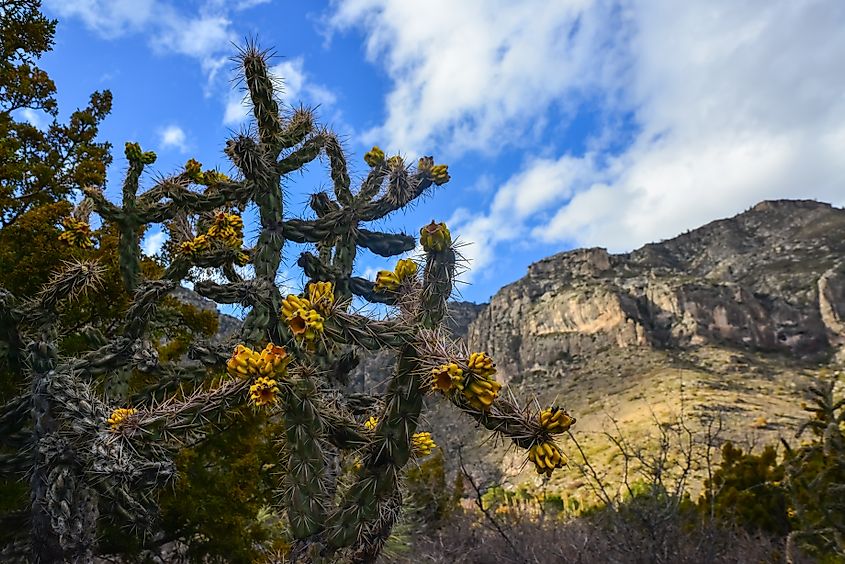
-
Maximum Height: Up to 8 feet
-
Best Seen In: New Mexico and western Texas
The tree cholla is another upright-growing cholla that resembles a small desert tree. It is especially common in the Chihuahuan Desert. In spring, its bright magenta blooms stand out against the otherwise muted desert tones.
It’s known for its spiky appearance and for being particularly unforgiving to passersby. After blooming, it produces fruit that can remain on the plant throughout the year. Tree cholla plays an important role in desert food webs—offering habitat and food to birds, insects, and mammals.
Arizona Pencil Cholla (Cylindropuntia arbuscula)
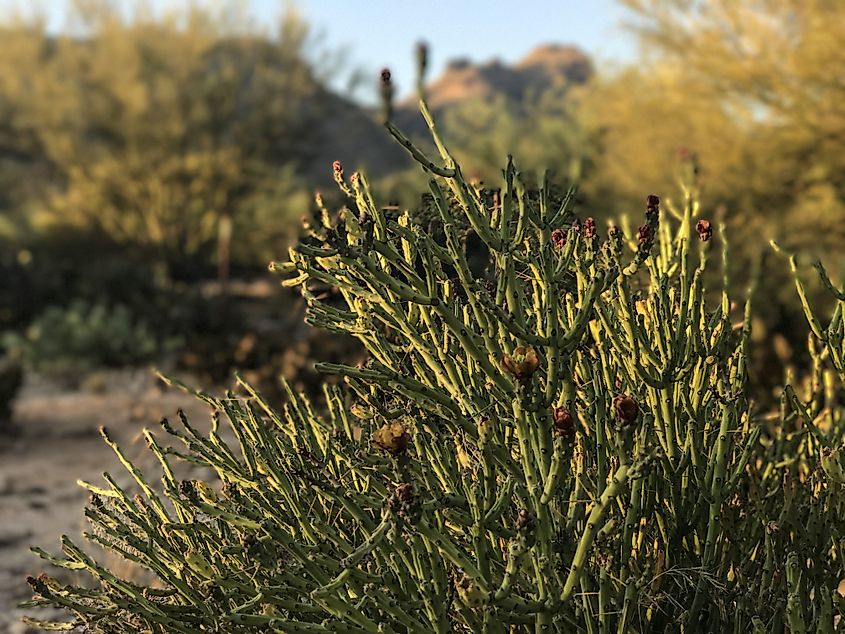
-
Maximum Height: Up to 6 feet
-
Best Seen In: Sonoran Desert, southern Arizona
Though not the tallest, the pencil cholla rounds out this list for its graceful height and delicate appearance. This species has thin, pencil-like stems and grows in an upright form. It may reach 6 feet tall but often looks taller due to its slim profile.
The Arizona pencil cholla blooms with bright yellow flowers in late spring and early summer, often followed by yellow or red fruit. Its form creates nesting spots for birds like the cactus wren.
Where to See These Giants Up Close
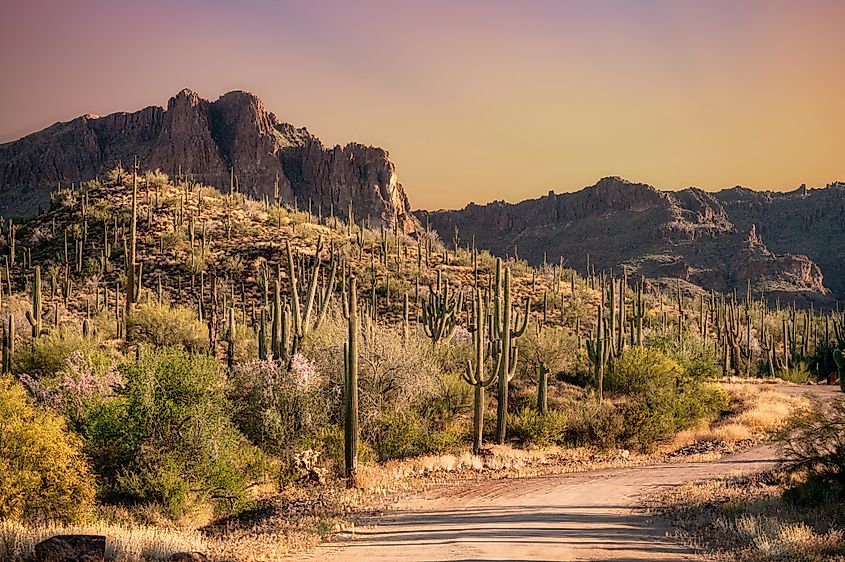
If you're planning a cactus-spotting trip, your best bet is the Sonoran Desert region, which stretches across Arizona, southern California, and parts of northern Mexico. The highest cactus diversity in the US is found here, especially in protected areas like:
-
Saguaro National Park (AZ): Best for saguaro viewing and desert hiking.
-
Organ Pipe Cactus National Monument (AZ): Ideal for seeing organ pipe and senita cacti.
-
Tonto National Monument (AZ): Offers scenic desert drives and cactus-rich trails.
-
Big Bend National Park (TX): Home to unique Chihuahuan Desert species like tree cholla.
Always remember: many cactus species are protected by law. Admire and photograph them, but do not remove or damage any part of the plant.
Why These Cacti Matter
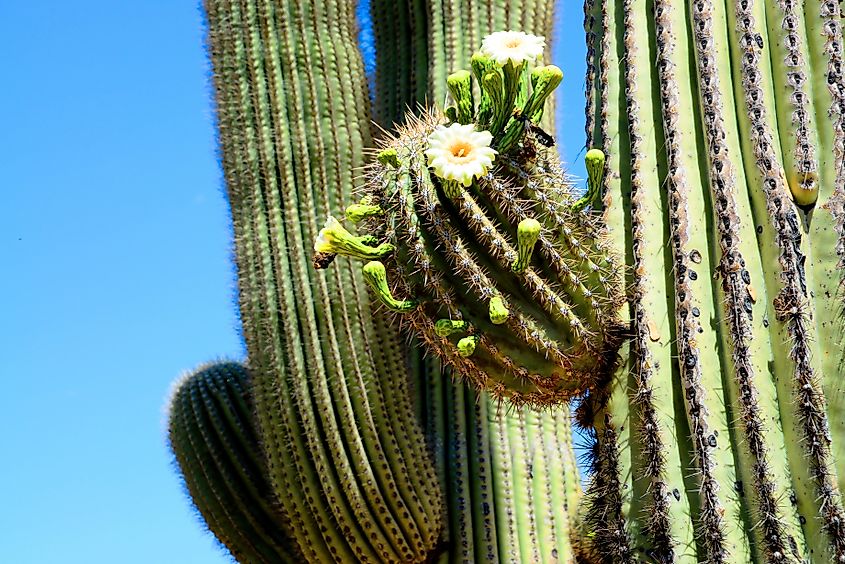
Tall cacti are more than just desert decoration. They serve critical ecological roles:
-
Water Storage: Their thick, ribbed bodies hold moisture, sustaining them through long droughts.
-
Shelter: Birds, bats, insects, and small mammals all rely on them for food and shelter.
-
Pollination and Food Chains: Cactus flowers and fruits feed countless desert animals.
They’re also culturally significant, especially to Indigenous communities who have used them for food, tools, and ceremonies for centuries.
Final Thoughts
The towering cacti of the American Southwest are testaments to endurance, elegance, and ecological complexity. Whether you’re wandering through Saguaro National Park or stumbling upon a lone pencil cholla on a dusty trail, there’s something undeniably powerful about seeing a cactus standing tall against the endless desert sky.
Next time you're in the desert, look up—not just at the mountains, but at the plant life rising all around you. The giants are there, quietly watching.
Q&A Section
What’s the tallest cactus in the US?
The saguaro cactus is the tallest, reaching up to 40 feet tall.
Where can I see the most cacti in the US?
Arizona has the highest diversity, particularly in the Sonoran Desert and parks like Saguaro National Park and Organ Pipe Cactus National Monument.
Are cacti protected in the US?
Yes, in many areas—especially saguaros—it's illegal to harm, remove, or relocate them without permits.
When do cactus flowers bloom?
Most bloom in spring or early summer, though some like the night-blooming cereus bloom just once a year, at night.
Can I grow any of these cacti at home?
Some, like cholla or night-blooming cereus, can be cultivated with the right conditions and care. Always source them legally.
